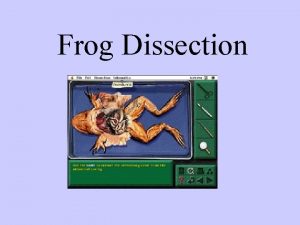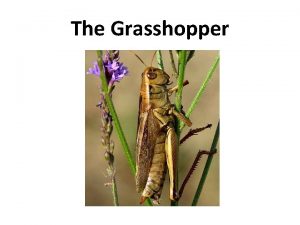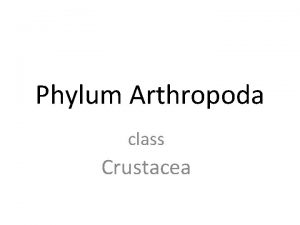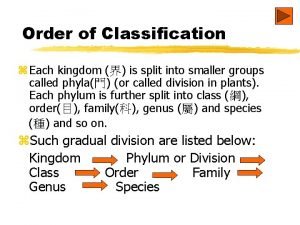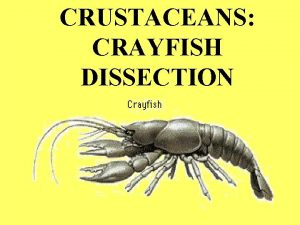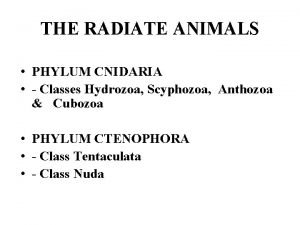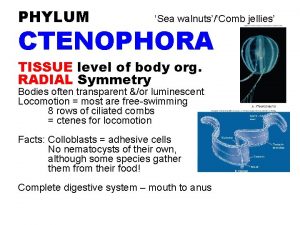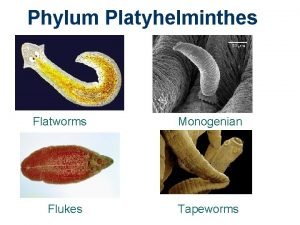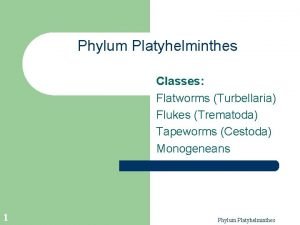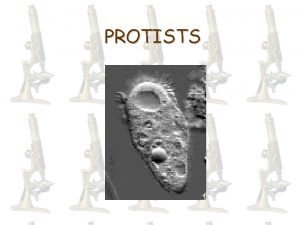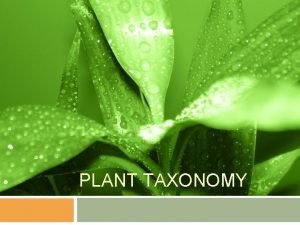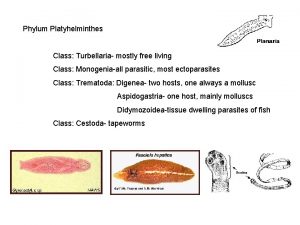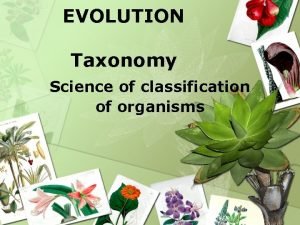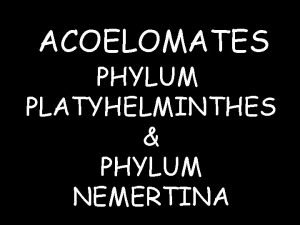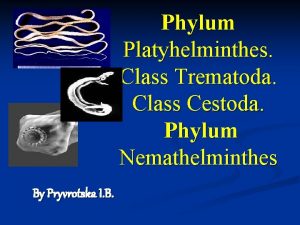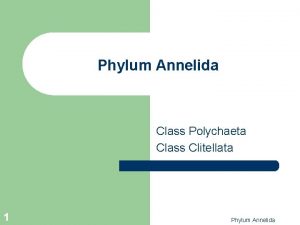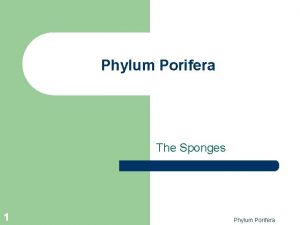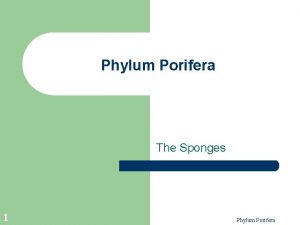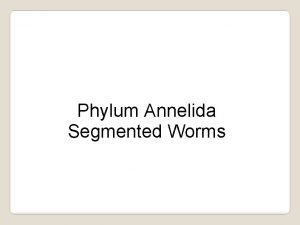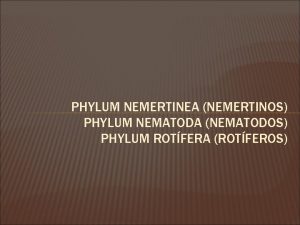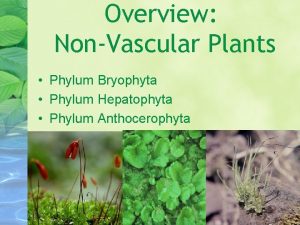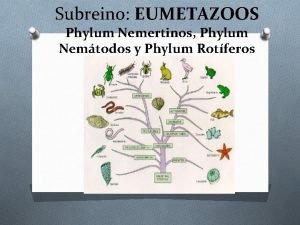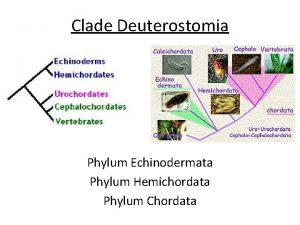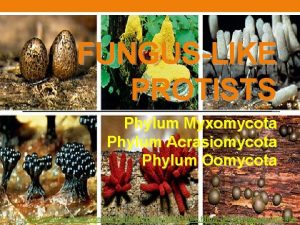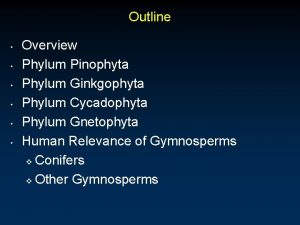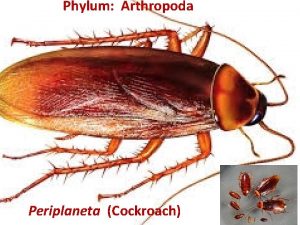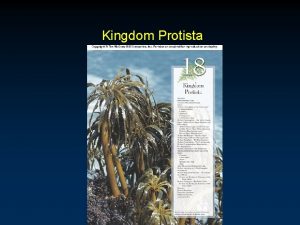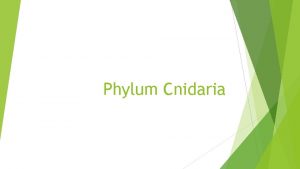What phylum and Class is it in Phylum


















- Slides: 18


What phylum and Class is it in?


Phylum: Mollusca Class: Gastropoda


Phylum: Mollusca Class: Cephalopoda • Cuttlefishes: similar to squid’s anatomy and swimming capabilities. • The difference: cuttlefishes have a small, curved shell covered by the mantle (the cuttlebone often seen in bird cages) whereas squids have a vestigial skeleton consisting of a curved plastic-like support called a pen.


Phylum: Mollusca Class: Bivalvia • Latin; bi=two - two plates (Two halves to the shell)


Phylum: Mollusca Class: Cephalopoda


Phylum: Mollusca Class: Gastropoda


Phylum: Mollusca Class: Gastropoda • conch (pronounced "konk" (IPA: /kɒŋk/) or "konch" (IPA: /kɒntʃ/)) • a sea-dwelling mollusk, more specifically, a marine gastropod. • note that many other gastropods have common names using conch, such as the Horse Conch (Pleuroploca gigantea).


Phylum: Mollusca Class: Bivalvia The name oyster is used for a number of different groups of mollusks which grow for the most part in marine or brackish water. The shell, usually highly calcified, surrounds a soft body. Gills filter plankton Strong adductor muscles hold the shell closed. Some of these groups are highly prized as food, both raw and cooked


Phylum Annelida • Giant Gippsland earthworm (Megascolides australis), is one of the most fascinating of Australia's 1000 native earthworm species. average at 80 cm long and 2 cm in diameter. • dark purple head and a pinkish-grey body. • live in the subsoil along stream banks and some south or west facing hills of their remaining habitat in Victoria, Australia. • Live in deep burrow systems and require water in their environment to respire. • rarely leave their moist burrows. • Long lifespans for invertebrates and can take 5 years to reach maturity. When these worms hatch they are already 20 cm long. • They can sometimes be heard in their habitat making gurgling sounds underground.
 Animalia latin meaning
Animalia latin meaning Grasshopper phylum and class
Grasshopper phylum and class Phylum arthropoda class crustacea
Phylum arthropoda class crustacea Kingdom phylum class order family genus and species
Kingdom phylum class order family genus and species Crayfish
Crayfish Earthworm phylum and class
Earthworm phylum and class Mollusca class
Mollusca class Flat worms asexual reproduction
Flat worms asexual reproduction Scyphozoa characteristics
Scyphozoa characteristics Cnidaria class
Cnidaria class Platyhelminthes
Platyhelminthes Flukes phylum
Flukes phylum Grassland
Grassland Cat classification chart
Cat classification chart Classification of asterias
Classification of asterias Domain, kingdom, phylum
Domain, kingdom, phylum Order of plant classification
Order of plant classification Monogenia
Monogenia 8 levels of classification in order
8 levels of classification in order
